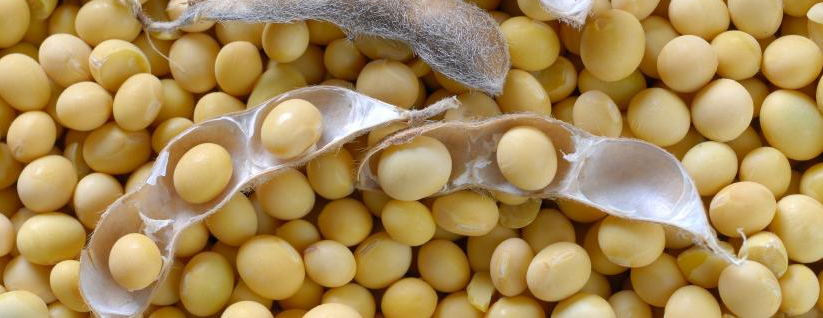We launch today a new focus area on Hygeia Analytics – Nutrient Decline.
Last week, a Reuters story reported that Brazil was capturing soybean export market share from the U.S., in large part because of the falling levels of protein in US-grown soybeans, and the greater volume and higher quality of non-GM soybeans available from Brazilian suppliers.
In 2004, a team of university scientists published a key paper documenting the relatively poor nutritional quality of US and Argentina soybeans, compared to beans grown in China and India.
Almost certainly, the lower protein levels in the US and Argentina soybeans arose for some cluster of reasons linked to their genetics and heavy use of glyphosate-based herbicides.
Also in 2004, my good friend and colleague Dr. Don Davis published a seminal paper in the Journal of the American College of Nutrition entitled “Changes in USDA Food Composition Data for 43 Garden Crops, 1950 to 1999.”
Average declines in nutrient levels ranged from 5% to 38% across 6 nutrients. Through Don’s work and writing, a small but growing group of people are familiar with a key term – the “dilution effect,” first coined in another seminal paper — W.M. Jarrell and R.B. Beverly, “The Dilution Effect in Plant Nutrition Studies,” Advances in Agronomy, Vol. 34, 1981.
We will incrementally add new materials, data, and analysis in the “Nutrient Decline” section. Our hope is to nudge higher on the radar screen the sometimes-profound changes that have occurred in food nutritional quality over the last half-century.
With the FDA re-focused on the importance of health claims and nutrition labeling, the food industry scrambling to capture the “good for you” flag, and more and more people realizing that diet and food quality are intimately linked to health and well-being, interest should grow in not just what and how much we eat, but the quality of every bite.
Sources:
Reuters, “Protein Plight: Brazil Steals U.S. Soybean Share in China,” New York Times, January 25, 3028.
Davis et al., “Changes in USDA Food Composition Data for 43 Garden Crops, 1950 to 1999,” Journal of the American College of Nutrition, 2004

